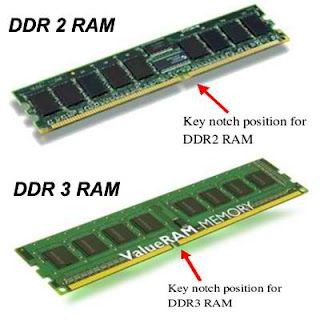Software as a Service is one of—if not the most—popular cloud delivery models for small- and medium-sized businesses. According to Gartner—Hype Cycle for Cloud Computing (2011), SaaS is entering the mainstream market in the next two to five years.
The SaaS model levels the playing field between growing businesses and larger competitors, by equipping SMBs with application functionality that only large enterprises previously enjoyed. Moreover, this increase in functionality no longer requires huge investments in technology and resources. SMBs no longer have to worry about the costs and investment associated with building and maintaining an infrastructure to support modern business applications as the SaaS subscription and delivery model now makes these applications affordable to businesses of all sizes.
While SaaS adoption continues to grow amongst SMBs, it’s important to realize that nothing is ever as easy as it seems. There are thousands of SaaS applications on the market today. Which ones have the right features for your business? Which ones have the security and scalability you need? How do you get started and what support should you expect? How do you pull all these solutions together, with your existing applications and make sure they support your business?
These are important questions that growing companies typically have little time to consider, particularly with limited IT resources.Once you get beyond the basics of SaaS like cost, infrastructure, access, maintenance and support, here is the next level of items growing businesses should consider when choosing a SaaS solution:
Integration
As growing businesses increase their use of SaaS technology, the need for integrating the businesses’ applications is critical. With little appetite to rip and replace existing applications at once, SMBs must ensure that they connect new SaaS applications to legacy systems. When looking for a SaaS integration solution, SMBs should look for these main characteristics: 1. Simple to implement; 2. Out-of-the box connectors with cloud and legacy systems; 3. Ability to configure without customization
Analytics
Today’s organizations are overwhelmed with data that is siloed on a number of disparate business applications including sales, finance and human resources. SMBs struggle to access and analyze the data they need to get an overall view of business performance.
Today most businesses rely on spreadsheet-based reports that are cumbersome to build and maintain and are frequently out-of-date. They need an analytics tool that comes out of the box with 70 percent of the cross-application reporting capabilities they need yet is flexible enough to be configured and modified as the business changes.
Partners
While the comfort level with cloud computing is growing, many businesses are still wondering “Where do I begin?” When SMBs start to think about expanding their software portfolio from a sea with thousands of seemingly identical SaaS applications, it’s worthwhile to find a trusted partner to help along the way.
Thankfully, there is a new class of partners emerging who offer an end-to-end solution and who are capable of delivering multiple SaaS applications, plug and play integrations, cross application analytics and turnkey services. These partners have the experience and track record to help SMBs choose a solution and stand behind it. With limited IT staff, they don’t have time to sift through all the options and the value-proposition a partner can bring is significant for a small- or medium-sized business.
Now that the market is transitioning, there are new SaaS partner models emerging with companies offering end-to-end services including implementation, integration, business process consulting and support across multiple applications. If you are a growing company with limited IT resources, consider looking at a partner who offers a total solutions approach.















